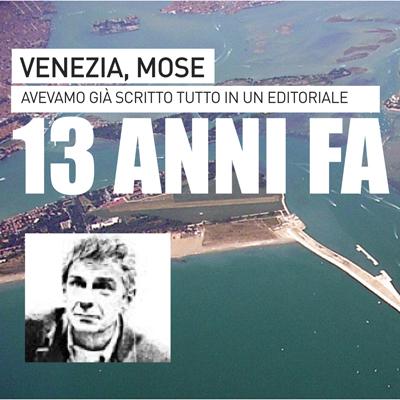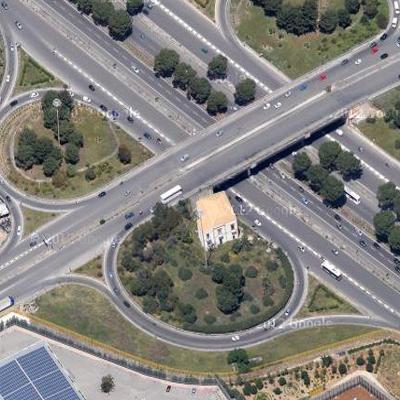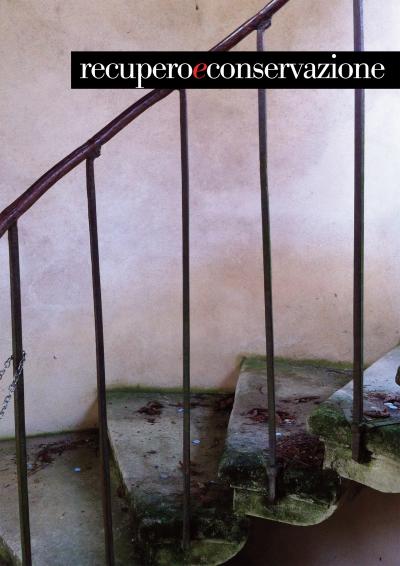VENEZIA, VERGOGNA!
L’avevamo detto e scritto 13 anni fa (diciamo trediciannifa ...) che far coincidere finanziatore, progettista, esecutore, collaudatore e controllore all’interno di una figura unica è eticamente immorale!
Ma l’etica, l’onestà, la correttezza, sembrano valori svaniti e privi di riferimento nel mondo attuale e quando se ne accenna si viene intesi addirittura come astratti idealisti, come persone ... che non sanno come funziona il mondo....
I recenti fatti accaduti generano un profondo senso di sconforto e di vergogna in tutti; ci vergognamo noi veneziani, ci vergognamo noi italiani ad essere rappresentati, ancora una volta, da questa indegna classe politica.
Di seguito alcuni stralci tratti da editoriali che ci avevano “consigliato” di non pubblicare e che, purtroppo, sono più che mai attuali.

La potenza della delicatezza
In un mondo di violenza sfacciata, la delicatezza verso le cose è la più grande forza a disposizione dell’architetto. La delicatezza è una virtù dimenticata ma molto importante. È la capacità di saper trattare con l'altro, sia persona, essere vivente o cosa. Così impariamo forse la cosa più importante che ci insegna la delicatezza che consiste nell'arrestarsi in tempo. La delicatezza non può essere disgiunta dalla virtù dell'umiltà che ci fa capire i nostri limiti e dunque la fragilità della nostra situazione.
The Power of Delicacy
In a world of brazen violence, delicacy towards things is the greatest force at the architect’s disposal. Delicacy is a forgotten virtue but very important. It is the ability to deal with the Other, being it a person, a living being or a thing. So, perhaps, we learn the most important thing that delicacy can teach us: to stop in time. Delicacy cannot be separated from the virtue of humility which makes us understand our limits and therefore the fragility of our situation.
Risanamento in CasaClima “R”
Il sistema CasaClima si apre al risanamento dell’esistente con un protocollo più “tollerante”, adatto anche ad edifici vincolati, basato sul rispetto di trasmittanze termiche limite e sulla risoluzione dei ponti termici, se necessario anche in forma attiva. Restano in essere tutte i controlli usuali: verifica del progetto, audit di cantiere, blower door test finale.
Redevelopment with CasaClima "R
CasaClima opens to the refurbishment of the existing buildings with a more “tolerant” protocol, also suitable for listed buildings, based on the respect of transmittance limits and resolution of thermal-bridges, if necessary by means of active technologies. All the usual checks remain in effects: analysis of the project, site audits, final blower door test.
L'ITALIA MERITA UNA PIANIFICAZIONE INTELLIGENTE
La gestione del territorio deve avere un indirizzo univoco, in cui le azioni di tutti gli enti competenti vadano di concerto in un'unica direzione sia nella progettazione che nella conservazione, salvaguardando quella risorsa non rinnovabile che è il nostro paesaggio.
A POINTLESS RESTAURATION
The management of the territory must have a clear purport, in which any actions go together in the same direction both in new design and in the preservation, forward the protection of our landscape, as a non-renewable resource.

RECUPERO E RIQUALIFICAZIONE DEL PATRIMONIO STORICO-ARCHITETTONICO
Le motivazioni che inducono all’approfondimento del tema relativo ai beni culturali nascono dall’ingente numero di edifici storici presenti sull’intero territorio nazionale e in molti altri Paesi europei e dalla condizione, spesso di degrado, in cui versa.
Ma che cosa si intende per bene culturale, come viene definito e quali caratteristiche ha?
Nel tempo architetti e legislatori hanno cercato di fornirne una definizione e negli ultimi anni è risultata chiara l’urgenza di intervenire per far sì che questi beni, o in alcuni casi, ciò che resta di essi, non siano l’espressione di incuria e abbandono, ma, con interventi di recupero e valorizzazione, testimonianza di un passato storico ed artistico.
RECOVERY AND REGENERATION OF HISTORICAL HERITAGE
The reasons to study the theme relating to cultural heritage are born by the huge number of historic buildings on the whole national territory and in many other European countries and by their condition, often of degradation.
But what does cultural asset mean? How is it defined and what features does it have?
Over the years, some architects, engineers and legislators have tried to give a definition of cultural heritage and recently they have considered urgent to ensure that these goods, or in some case ruins, aren’t an expression of carelessness and negligence, but, with recovery and enhancement, they become an evidence of an historical and artistic past.
The cultural heritage includes a set of historical assets that have an artistic or architectural value. This set consists of museums, churches, castles and palaces, that are characterized by artistic and historical values, monuments, libraries, art galleries, museums, galleries, historic sites and landscapes.
The historical and artistic assets are unique, heterogeneous, inseparable, irreplaceable and bearers of intangible and tangible benefits; and even if they are private they have many characteristics of public goods. They are available in limited and fixed quantities, non-increasable, passed by history, so aren’t substitutable. As public goods, they are characterized by non-rivalry in use among the different users and non- excludability of certain individuals from their benefits.
The historical heritage, in many cases unfortunately, needs of urgent actions for the conservation, restoration and enhancement, for their condition of neglect, decay and absence of any kind of ordinary and extraordinary maintenance.
The disuse and the lack of conservation, however, reset their original function and produce extra costs due to loss of economic, environmental, cultural and historical function and to the relocation of the lost functions on other areas, to the depreciation of near assets, to risks to human health and life quality.
The enhancement activity, therefore, becomes essential and necessary.
The enhancement doesn’t mean, therefore, only adding value to what is already its owns, but also rediscovering existing ones; and one of the most used implementation tools, especially by public administrations, is the alienability.

